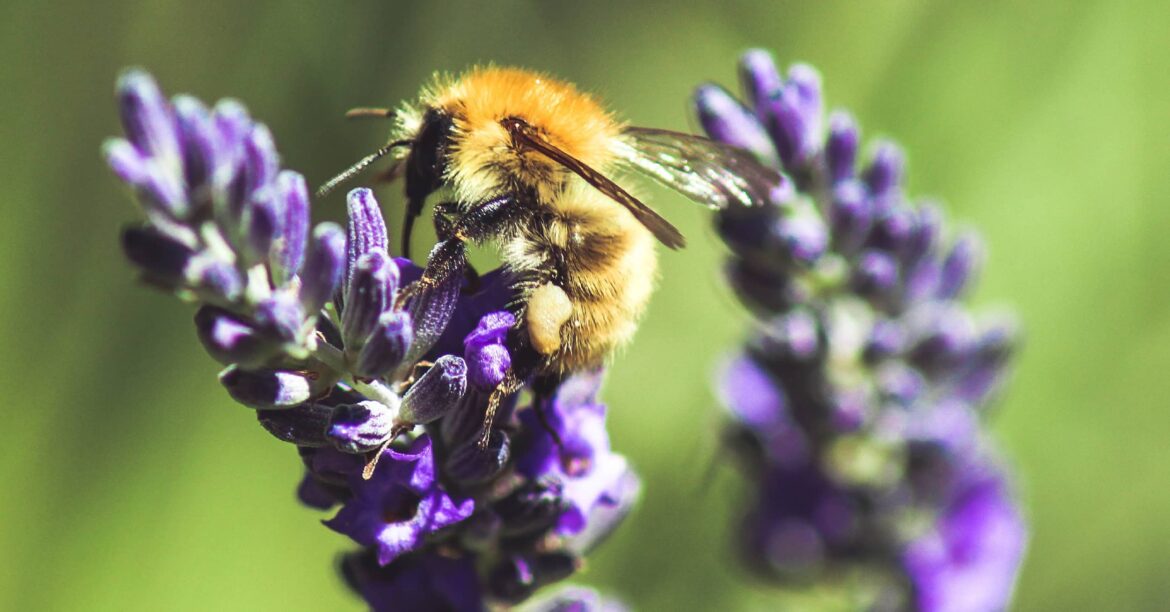822
You can make your garden beautiful and bee-friendly at the same time. There is a large selection of suitable plants
The best plants for a bee-friendly garden
In order to provide bees with food at all times, the plants should flower at different times.
- Early bloomers:Blue cushions and wood anemones bloom early in the year and provide bees with plenty of nectar. Liverworts also show their best side in March and April and are also easy to care for. Colorful wild tulips also attract beneficial insects in spring. Crocuses and snowdrops look good under trees
- Summer flowers: Phacelia, with its fragrant blue flowers, is not called “bee friend” for nothing. The plant is very easy to grow from seed. Delphiniums, cornflowers, summer azaleas and mallows also make your garden bee-friendly. Catnip and comfrey should not be missing from the herb garden
- Late bloomers: To ensure that bees can still find enough nectar in your garden in the fall, plant autumn anemones, marigolds and sunflowers. Daisies and autumn asters are also suitable. Ivy is also a good source of food, although it only blooms after eight years.
Herbs, shrubs and trees: these species are popular with bees
Herbs, shrubs and trees are also popular with bees.
- Herbs: You can stock your herb garden richly and spoil bees with them. All umbelliferous plants such as lovage, parsley and dill are popular with bees. Mediterranean herbs such as oregano, rosemary, sage and thyme are equally popular. Borage acts like a bee magnet. Important with all herbs: only harvest enough so that some of them can still flower and the bees can also benefit from them
- Bushes and hedges: You and the bees benefit from berry bushes in the garden. Both currants and blackberries are delicious for humans and insects. Black elderberry and cornelian cherry are also popular. Wild roses, from which you can later harvest vitamin-rich rose hips, should also not be missed.
